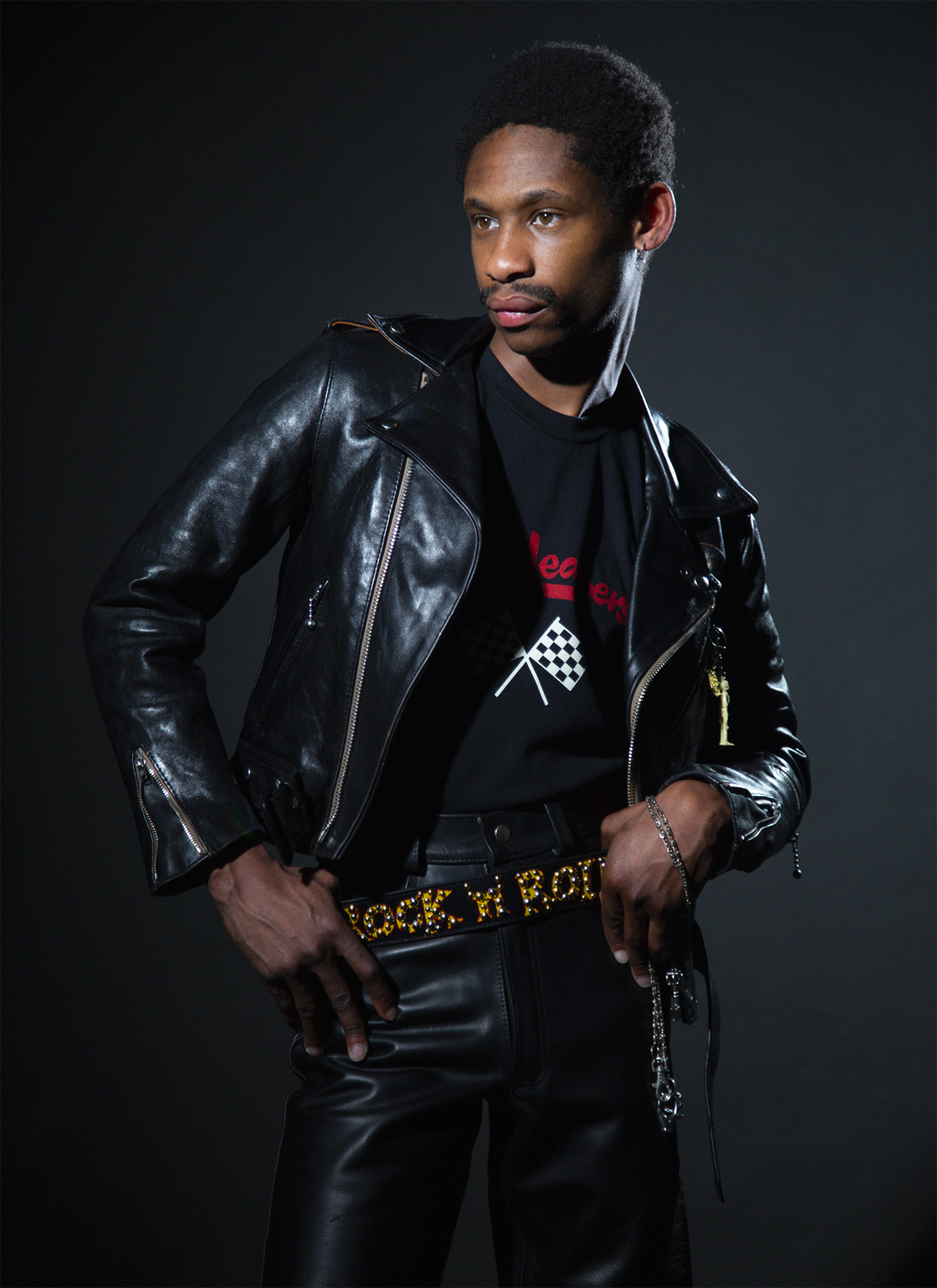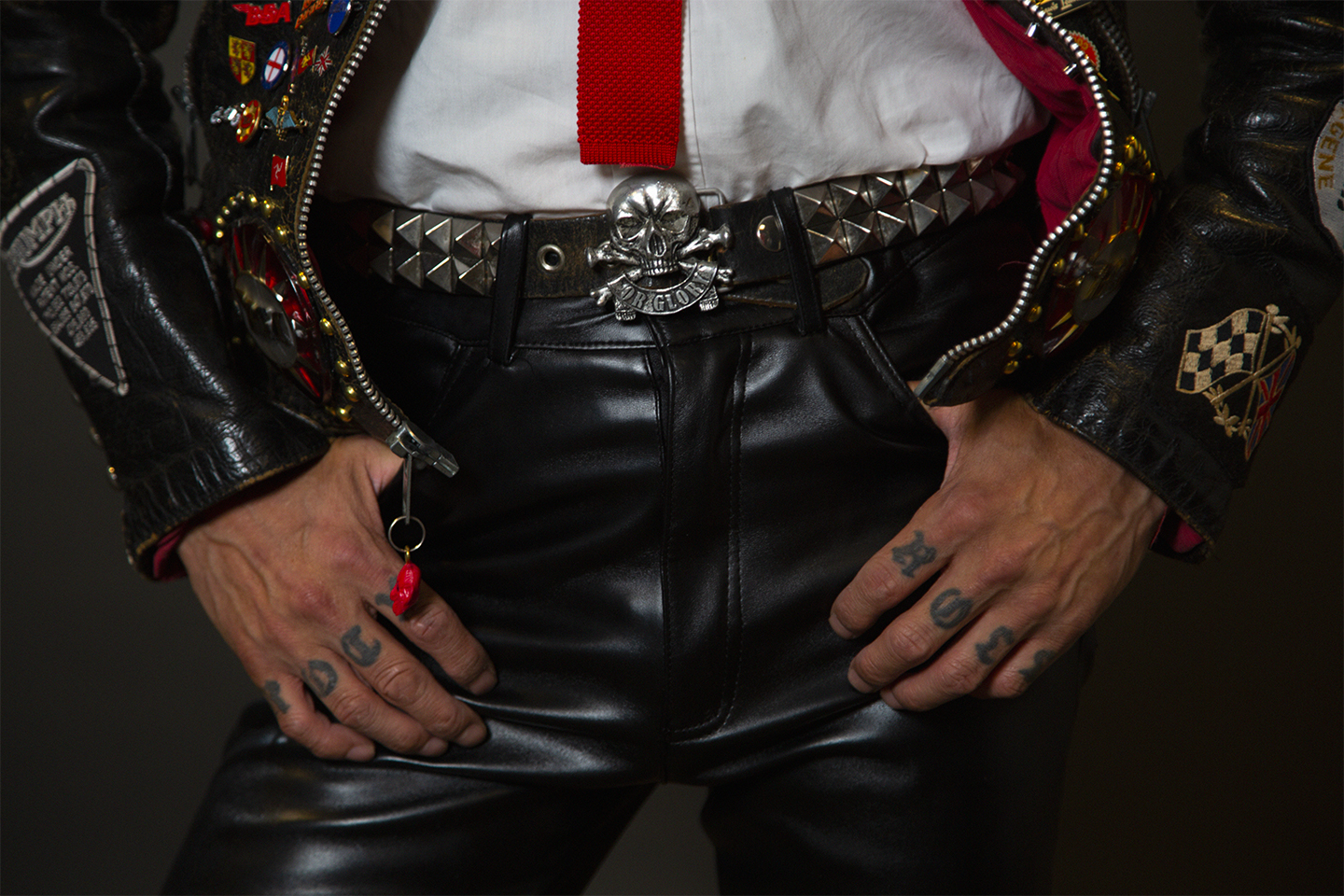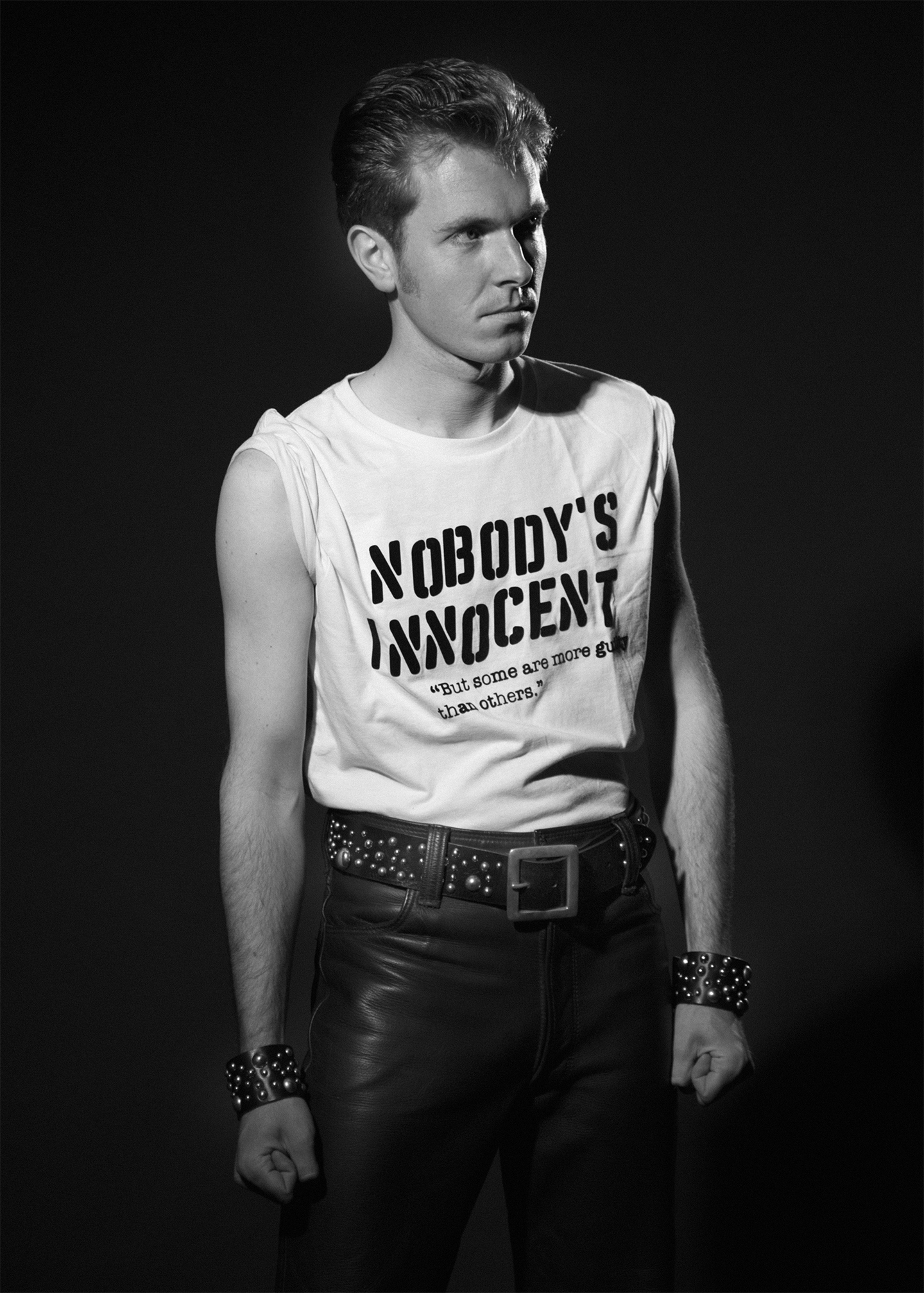






A series dedicated to unique things and unusual places to discover off the beaten path, ‘An Offbeat Guide to Japan. Tokyo Stories’ is Maze35’s column by Nick Clements, tutor in Fashion Writing and Photography Theory and Practice at the Istituto Marangoni London, who takes you on a journey through the country’s hidden gems and the wonders of the city once known as Edo. “Each photo essay offers a glimpse of a style scene or subculture that should be experienced first-hand to truly understand its cultural resonance,” wrote Clements in his introduction piece. “A traveller cannot understand Italy through Milan’s magnificent Duomo or Britain through Buckingham Palace. Japan, in particular, has a wealth of unexplored nuances and customs waiting to be discovered.”
Are you looking forward to reading the latest story and viewing the most stunning images by Nick Clements? He has captured the smallest details, such as stylish individuals, subcultural objects and domestic architecture. But before you start, make sure you don’t miss the first chapter of the series about the Japanese antique textile collective Old Industrial.
We are about to embark on a new immersive journey, but first, let us credit the talented team behind the images: Nick Clements, Tutor in Fashion Writing and Photographic Theory and Practice at Istituto Marangoni London, for the Photography; Bianca Turrini and Shehab Abdelrahman, MA Styling at Istituto Marangoni London, for the Styling.

Denielle wears Bronx Jacket No. 384, a Clix Zippers t-shirt, a studded belt and leather jeans, all by Lewis Leathers. The milkman-style cap is original from the Lewis Leathers archive with a new Or Glory badge from Lewis Leathers
From Japan to London in a photo shoot: three Japanese subculture members and three leather brands bring Harajuku to Istituto Marangoni’s studios

Chikara wears All original 1960s British motorcycle leathers and badges
In fashion, image-making contacts are everything, and although I have been travelling extensively in Japan since the 1980s, I was lucky enough to catch the Japanese punk revival band Mad 3 during their latest London tour. For this photo story, I managed to showcase Harajuku fashion without increasing my carbon footprint, as Harajuku came to Istituto Marangoni’s London studios in the form of three Japanese subculture members and three leather brands – highly sought after by Japanese street stylists and collectors.

Denielle wears Memphis Jacket No.723, Lewis Leathers Logo t-shirt, Jet Rock’n’Roll belt and leather jeans from Lewis Leathers
As in most of my work, the people involved are not professional models but stylish individuals wearing their own clothes or modelling brands they would wear – if they could afford it.

Eddie wears All original 1960s British motorcycle leathers and badges
Has Japan saved American style? Yes, but it’s not all about Nigo’s A Bathing Ape. Discover more rebel subcultures using leather as a symbol of defiance and resistance
Japan’s ongoing love affair with British and American post-war subculture styles is well known among those with even a passing interest in Japanese fashions. In particular, the appropriation and development of ivy style and what the Japanese call amekaji (American casual) is chronicled in detail in W. David Marx’s Ametora: How Japan Saved American Style (2015). For fashion history students, this book is a vital source of information as it traces the route of varsity clothing from entering Japan in the 1950s and ends with a fascinating account of how American street-skate-wear arrived in Ura-hara (behind Harajuku) in the early 1990s. However, while Marx explains the appearance of preppy styles and streetwear labels like Nigo’s A Bathing Ape and Fujiwara’s Goodenough on the sidewalks of Tokyo, there is scant mention of Japan’s tribute to those more rebellious subcultures that used leather as a symbol of defiance and resistance.

Denielle wears a Clix Zippers t-shirt, studded belt and leather jeans, all by Lewis Leathers
Did you know about the Japanese obsession with American subcultures and motorbike leather jackets?
Viewing Japan’s retro subcultures through a more defiant lens, Rin Tanaka’s beautifully illustrated Motorcycle Jackets: A Century of Leather Design (2000) and Lewis Leathers: Wings, Wheels and Rock’n’Roll (2017). These publications depict the 20th-century evolution of the motorcycle jacket from a functional garment that protected the user from harsh weather conditions to a symbol of rebellion. These two masterworks of fashion and subcultural history were designed to meet the growing demand by Japanese collectors for more information on ‘rugged’ subcultural activities. The leather jacket has been associated with British and American bikers from the 1950s and 1960s, punk rockers from the 1970s and rockabilly revivalists from the 1980s; it is both a fashion item and an object of cultural value. The Japanese obsession with collecting and authenticity has led to the emergence of a small industry in books and magazines like Men’s File, Clutch and Lightning. Now based in California, Rin Tanaka sourced ultra-rare vintage leathers from underground collectors across the USA and photographed each item in detail, providing information on zips, labels, the place of production, leather types and rarity. After publishing several books on American leather, Mr Tanaka collaborated with the iconic British brand Lewis Leathers to produce the ultimate visual investigation into motorcycle clothing adopted by London’s ton-up boys, rockers, punks, and, lately, urban hipsters.

Zack wears complete outfits by The London Leatherman
Discover Mad 3, a Tokyo-based punk revival band that values style – and British biker subcultures of the late 1950s and early 1960s – above all else

Zack wears complete outfits by The London Leatherman
A Tokyo-based punk revival band that values style above all else, Eddie, Chikara and Kaoru have spent decades collecting the clothing and objects that typify British biker subcultures of the late 1950s and early 1960s – known as ton-up boys and rockers. The badges on their personally decorated jackets replicate – and slightly exaggerate – the practice of adorning outwear and caps with motorcycle and military patches and metal ornaments.

Eddie wears (Death) Or Glory belt detail
The most recognisable is the skull and crossbones of the 17th / 21st Lancers, whose motto is ‘Death or Glory’. It was expected of them to wear Lewis Leathers, which would have been the obvious choice; however, they chose to wear less popular yet unique British biker wear mixed with garments from 666, a brand that makes replica punk clothing. To add further depth and complexity to this story of Japanese subcultural clothing choices, lead singer Eddie Legend also works for Harajuku-based clothing brand Attractions.

Kaoru wears British-inspired leathers by the Japanese brand 666
The three brands of leather jackets you should know to rock the stage of life
Lewis Leathers
Lewis Leathers is one of the few global fashion brands that can be rightfully called ‘authentic’. Established in 1892 near the Istituto Marangoni London Campus and soon setting up shop in London’s West End, it started by selling clothing for motoring, motorcycling and flying. Today, the company still offers many original items from its back catalogue and has not introduced any new core styles in more than 50 years. Run by Mr Derek Harris, who has dedicated his life to the brand, Lewis Leathers jackets have been worn by many of the most influential figures in pop culture history – as well as racing drivers and fighter pilots. Although their head office is in London and their factory is still in Whitechapel (after over 130 years), they have major stores in Tokyo’s Ura-hara and Osaka. If you search Comme des Garcon’s boss, Rie Kawakubo, on Google, you might see her wearing a Lewis Leathers jacket. The same goes for Kenzo’s Nigo or Pharrell Williams. Search again for ‘Lewis Leathers punk rock’, and you will find The Clash, Sex Pistols, Ramones and Iggy Pop all wearing this British icon. The Lewis Leathers London shop is part museum and part emporium, as are those in Japan. They are always worth a visit.

Denielle wears Memphis Jacket No.723, Lewis Leathers Logo t-shirt, Jet Rock’n’Roll belt and leather jeans from Lewis Leathers
The Real McCoy’s
While Lewis Leathers makes jackets that it has been producing since the 1950s and 1960s (and earlier), Japan’s The Real McCoy’s specialises in creating replicas of rare antique garments that are impossible to find in their original form. Styled here with inspiration from New York in the 1970s and the Chelsea scene, this particular garment is a precise replica of the J21 motorcycle jacket made by Buco, a leather manufacturer based in Chicago during the 1930s. The Real McCoy’s now owns the Buco brand and creates exact replicas for Japanese collectors who either cannot find or cannot afford the original. The Real McCoy’s products are made with the highest standards of quality and sold at a premium price. They are available from selected stores across Asia, Europe and the USA and can be found at London’s Clutch Café, a Japanese specialist store.

Denielle wears Buco J21 by The Real McCoy’s, a t-shirt and jeans by Allavol. Cap by Quaker Marine
The London Leatherman
Focused on sexual fetishism and queer subcultures of the 1970s, The London Leatherman was said to have been sold in the Vivienne Westwood and Malcolm McLaren store SEX on London’s King’s Road in the mid-1970s. Westwood and McLaren suggested that fetish wear could be worn in the streets to shock and intrigue the public, in clubs and at punk rock gigs. However, leather man subcultures, personified in the work of Tom of Finland, had already been thriving in San Francisco, New York and London long before punk arrived on the scene. Today, the brand has been revived and, like the other names featured here, is returning to its original designs for inspiration. The products are still made in London and very exclusive, but you can only purchase them from the brand’s online store.

Zack wears complete outfits by The London Leatherman
Nick Clements
Tutor in Fashion Writing and Photographic Theory and Practice, London



